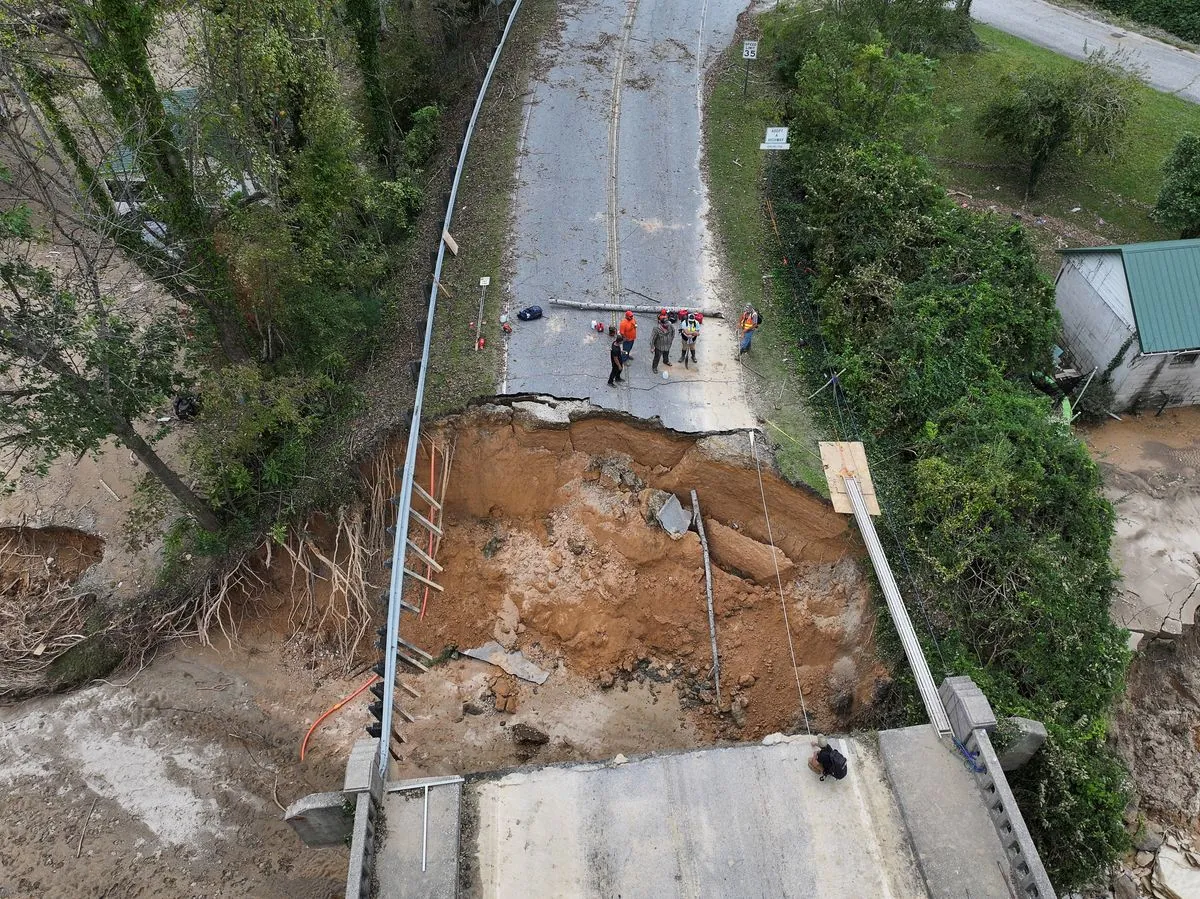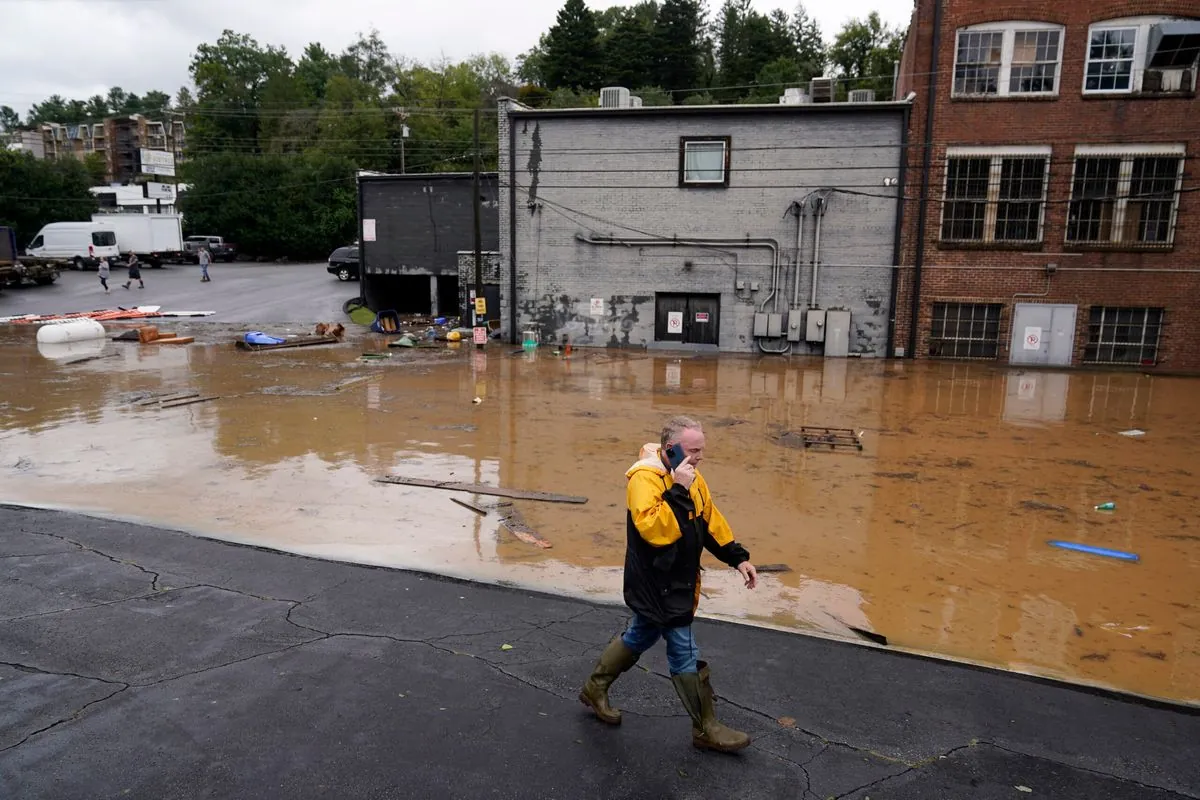Hurricane Helene's Devastating Impact: Biden to Survey Carolinas Damage
Hurricane Helene leaves 166 dead across Southeast US. Biden to visit Carolinas as millions remain without power, water, and cellular service. Rescue efforts continue amid widespread destruction.

In the wake of Hurricane Helene's devastating impact on the southeastern United States, President Joe Biden is set to survey the destruction in North and South Carolina. The catastrophic storm, which made landfall on October 3, 2024, has claimed at least 166 lives across six states, marking it as one of the deadliest weather events in recent U.S. history.
As of October 9, 2024, over 1.2 million residents in the Carolinas and Georgia remain without electricity, running water, and cellular service. The storm's aftermath has left communities grappling with unprecedented challenges, prompting a massive federal response.
President Biden emphasized the urgency of the situation, stating, "We have to jump start this recovery process. People are scared to death. This is urgent." The President estimates the recovery costs will run into billions of dollars.
While Biden visits the Carolinas, Vice President Kamala Harris will be assessing the situation in neighboring Georgia, underscoring the administration's commitment to addressing the crisis.
The storm's impact has been particularly severe in North Carolina, where it caused the worst flooding in a century. Buncombe County, home to the tourism hub of Asheville, reported at least 57 fatalities. The devastation is evident in communities like Swannanoa, where receding floodwaters revealed cars stacked atop one another and displaced mobile homes.

Rescue efforts continue as search crews and cadaver dogs navigate through debris-strewn areas. The Federal Emergency Management Agency (FEMA) has already registered over 150,000 households for assistance, a number expected to rise rapidly.
"Communities were wiped off the map."
The federal response includes the distribution of nearly 2 million ready-to-eat meals and over a million liters of water to the hardest-hit areas. Active-duty U.S. military units may be deployed to assist in long-term recovery efforts.
Infrastructure damage has been extensive, with a section of Interstate 40 only recently reopened after mudslide clearance. However, a collapsed stretch near the North Carolina-Tennessee border remains closed, hampering transportation and relief efforts.
The storm's impact extends beyond the Carolinas. In Georgia, residents in Augusta faced hours-long waits for water distribution. Tennessee and Virginia also reported fatalities and significant damage.
Communication infrastructure has been severely affected, with many areas experiencing prolonged cellular service outages. Major providers like Verizon and AT&T are working to restore services, but the region's terrain and dispersed population present significant challenges.
As communities begin the long process of recovery, personal stories of survival and loss emerge. In Swannanoa, Cliff Stewart, a Marine Corps veteran, survived two feet of water in his home but refuses to leave despite the lack of electricity and reliance on food donations.
Hurricane Helene's impact surpassed that of Hurricane Hugo in 1989 in terms of fatalities in South Carolina, underscoring the storm's unprecedented destructive power. As rescue and recovery efforts continue, the full extent of Helene's impact is still unfolding, with the death toll expected to rise further.
The road to recovery will be long and challenging, requiring sustained efforts from federal, state, and local authorities, as well as the resilience of affected communities. As President Biden prepares to witness the devastation firsthand, the nation's attention remains focused on the southeastern states' plight and the monumental task of rebuilding in Helene's wake.


































